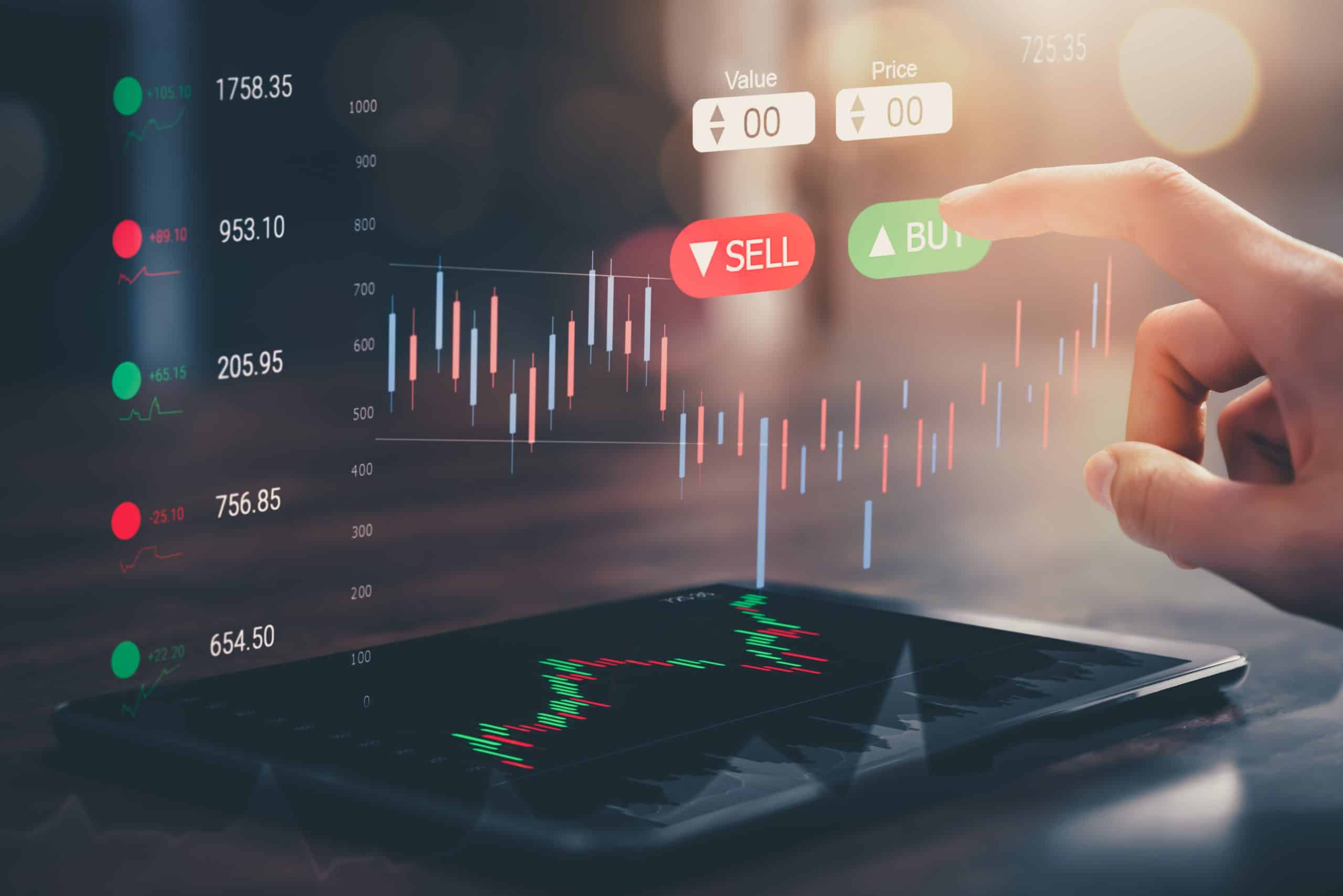Entering a trade in the financial markets requires careful planning and analysis. However, once a trade has been executed, constantly analyzing the chart can have several drawbacks.
This article aims to explore the reasons why traders should avoid over-analyzing the chart after entering a trade. It will delve into the importance of sticking to the original trading plan, the impact of market noise and stress, the role of emotions and psychology in decision-making, the risks associated with information overload and time constraints, and the significance of maintaining trading discipline and strategy. By understanding these factors, traders can strike a balance between monitoring trades and avoiding excessive analysis, leading to improved trading performance and long-term success.
I. Sticking to the Plan
A. Stick to Your Trading Plan
One of the primary reasons to avoid over-analyzing the chart after entering a trade is to adhere to the original trading plan. Before entering a trade, traders should have a well-defined plan that outlines entry and exit strategies. Constantly analyzing the chart can lead to deviating from the original plan, making impulsive decisions that are not based on sound analysis.
B. Time-Consuming
Another drawback of analyzing the chart excessively is that it can be time-consuming. Traders may become absorbed in the details of individual trades, neglecting other crucial aspects such as risk management and portfolio management. It is vital to allocate time efficiently and focus on the overall trading plan rather than getting lost in minute chart analysis.
C. Overtrading
Continuous chart analysis after entering a trade can lead to overtrading, wherein traders excessively execute trades without a clear strategy. Overtrading incurs higher transaction costs, reduces profitability, and often results in impulsive decision-making. Avoiding overtrading is crucial for sustainable and successful trading.
D. Trading Based on Hindsight
Analyzing the chart after entering a trade can often result in trading based on hindsight. This occurs when traders adjust their strategies based on past market movements rather than focusing on future projections. Relying on hindsight can be risky and lead to impulsive decision-making, potentially resulting in poor trading outcomes.
E. Emotional Decision Making
Over-analysis of the chart after entering a trade can also trigger emotional decision-making. If traders observe the price moving against their trade, they may be tempted to exit prematurely, even if the initial analysis suggested a sound trade. Emotional decision-making can cloud judgment and hinder overall trading performance.
II. Market Noise and Stress
A. Market Noise and Distractions
Analyzing the chart excessively after entering a trade exposes traders to market noise, which can be distracting and impede decision-making. Filtering out irrelevant information and focusing on key indicators relevant to the trading strategy is essential for maintaining clarity and avoiding poor decision-making.
B. Increased Stress
Constantly analyzing the chart after entering a trade can significantly increase stress levels. The heightened stress makes it more challenging to adhere to the trading plan and may lead to emotional decision-making, negatively impacting trading outcomes. Managing stress is crucial for maintaining a disciplined and focused trading approach.
C. Paralysis by Analysis
Over-analysis of the chart after entering a trade can result in overthinking and paralysis by analysis. Traders who excessively analyze the chart may become indecisive and miss potential trading opportunities. Striking a balance between analysis and taking action is vital to avoid missed opportunities and poor trading outcomes.
D. Confirmation Bias
Continuously analyzing the chart after entering a trade can lead to confirmation bias, wherein traders only seek information that supports their initial analysis while ignoring contradictory information. Confirmation bias hampers objective decision-making and increases the likelihood of poor trading decisions and missed opportunities.
E. Loss Aversion
Analyzing the chart after entering a trade can increase the tendency towards loss aversion. When traders witness the price moving against their trade, they may become more risk-averse and exit prematurely, even if the original analysis indicated a good trade. Overly focusing on avoiding losses can hinder profitability and limit potential gains.
III. Emotions and Psychology
A. Emotional Decision Making
Over-analyzing the chart after entering a trade can lead to emotional decision-making. Emotions such as fear, greed, and anxiety can influence trading decisions, often leading to suboptimal outcomes. During periods of high market volatility, emotional decision-making becomes even more pronounced and can be detrimental to trading performance.
B. Market Noise
Analyzing the chart excessively exposes traders to market noise, which can distract and mislead them. Filtering out irrelevant information and focusing on key indicators that align with the trading strategy allows traders to maintain clarity and make informed decisions.
C. Trading Psychology
Continuous chart analysis after entering a trade can have a negative impact on trading psychology. It can increase stress levels, lead to impulsive decision-making, and reduce confidence in the trading strategy. Developing a resilient trading mindset and managing emotions effectively is crucial for consistent trading success.
D. Opportunity Cost
Analyzing the chart after entering a trade incurs an opportunity cost. While traders focus on individual trades, they may miss out on other potentially profitable opportunities in the market. Striking a balance between monitoring existing trades and exploring new possibilities is essential for maximizing overall profitability.
E. Trading Costs
Continuous chart analysis after entering a trade can increase trading costs, particularly for day traders who frequently buy and sell positions. Higher transaction costs can erode profitability, emphasizing the importance of considering trading costs and their impact on the overall trading strategy.
IV. Overloading Information and Time Constraints
A. Information Overload
Analyzing the chart excessively after entering a trade can lead to information overload, making it difficult to process information effectively. Information overload often leads to indecision and can result in missed opportunities and poor decision-making. It is important to focus on relevant data and indicators to avoid becoming overwhelmed.
B. Time Constraints
Consistently analyzing the chart after entering a trade can be time-consuming, particularly when managing multiple positions. Time constraints can make it challenging to allocate time effectively and may lead to burnout. Efficient time management is crucial to maintain a healthy trading routine.
C. Trading Strategy
Excessive chart analysis after entering a trade can lead to frequent changes in the trading strategy. However, it is important to adhere to the original trading plan and avoid making changes solely based on short-term market movements. Consistency in the trading strategy is key to achieving long-term success.
D. Loss Aversion
Analyzing the chart after entering a trade can foster loss aversion, where the focus shifts to avoiding losses rather than maximizing gains. This mindset can lead to missed opportunities and reduced profitability. Striking a balance between risk and reward is crucial for successful trading.
E. Trading Discipline
Continuous chart analysis after entering a trade can negatively impact trading discipline. It is important to adhere to the trading plan and avoid impulsive decisions based on short-term market movements. Maintaining discipline ensures consistency in the trading approach and improves the chances of achieving long-term success.
V. Conclusion
In conclusion, while staying informed about market conditions and adjusting strategies when necessary is crucial, constantly analyzing the chart after entering a trade can be counterproductive. Striking a balance between monitoring trades and avoiding excessive analysis is vital for improved trading performance and long-term success. By sticking to the original trading plan, managing market noise and stress, understanding emotions and psychology, avoiding information overload and time constraints, and maintaining trading discipline and strategy, traders can achieve their trading goals and navigate the markets more effectively. Remember, trading is a journey, and finding the right balance in your approach is key to long-term success.
Don’t trade all the time, trade forex only at the confirmed trade setups.
Get more confirmed trade setups here: forexgdp.com/forex-signals/








